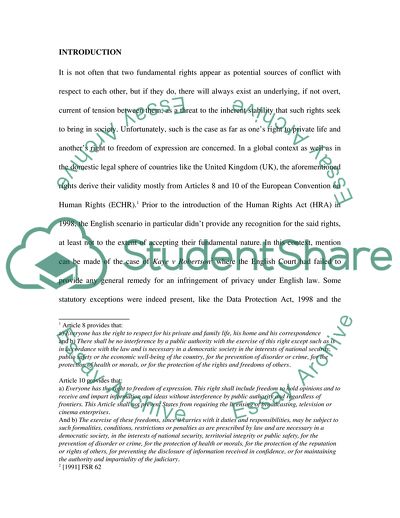Cite this document
(Is Privacy a Right That Can Be Evoked at the Owner's Will or a Privile Assignment, n.d.)
Is Privacy a Right That Can Be Evoked at the Owner's Will or a Privile Assignment. https://studentshare.org/media/1707534-journalism-and-law
Is Privacy a Right That Can Be Evoked at the Owner's Will or a Privile Assignment. https://studentshare.org/media/1707534-journalism-and-law
(Is Privacy a Right That Can Be Evoked at the Owner'S Will or a Privile Assignment)
Is Privacy a Right That Can Be Evoked at the Owner'S Will or a Privile Assignment. https://studentshare.org/media/1707534-journalism-and-law.
Is Privacy a Right That Can Be Evoked at the Owner'S Will or a Privile Assignment. https://studentshare.org/media/1707534-journalism-and-law.
“Is Privacy a Right That Can Be Evoked at the Owner'S Will or a Privile Assignment”. https://studentshare.org/media/1707534-journalism-and-law.


